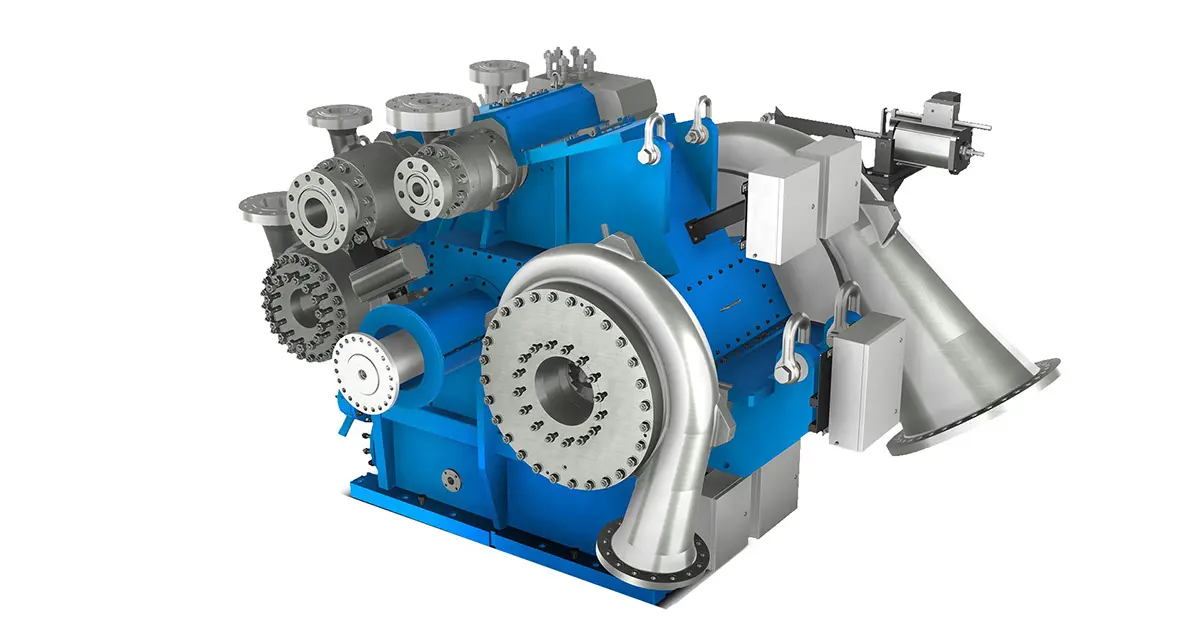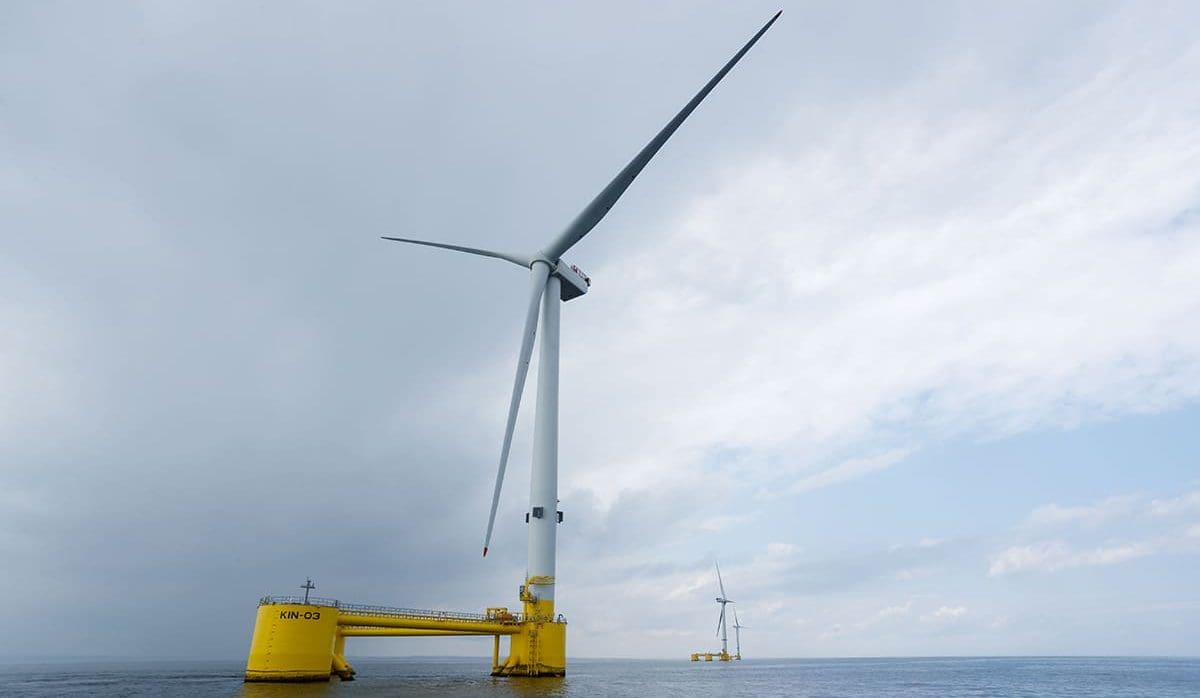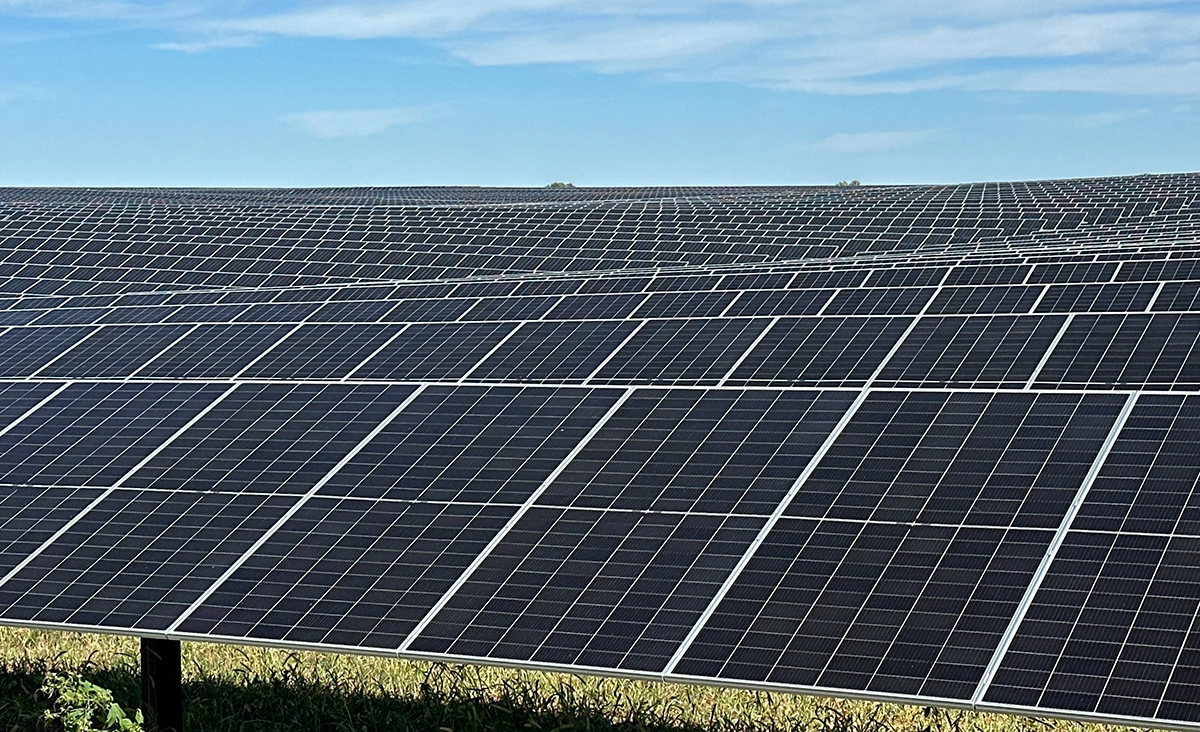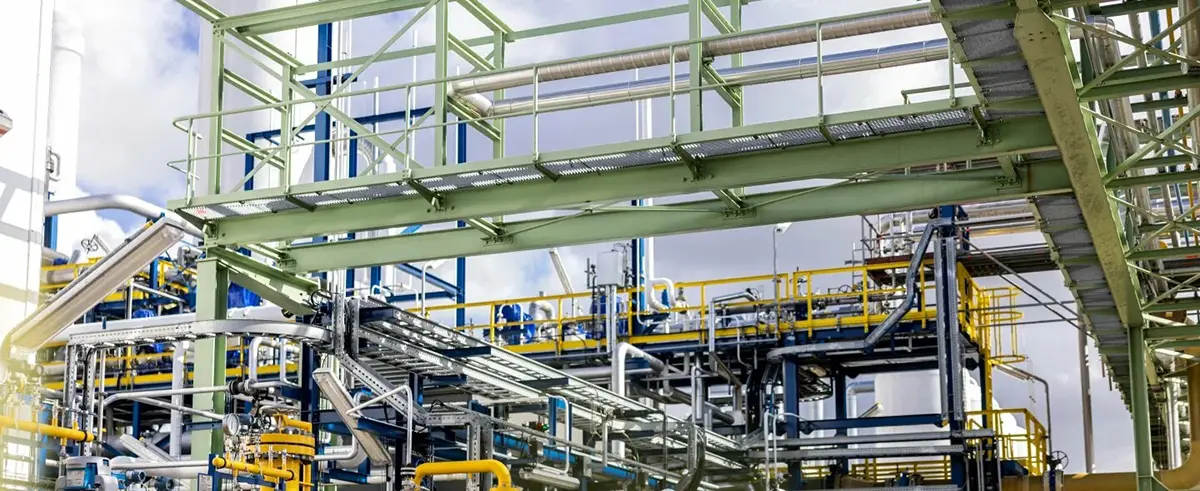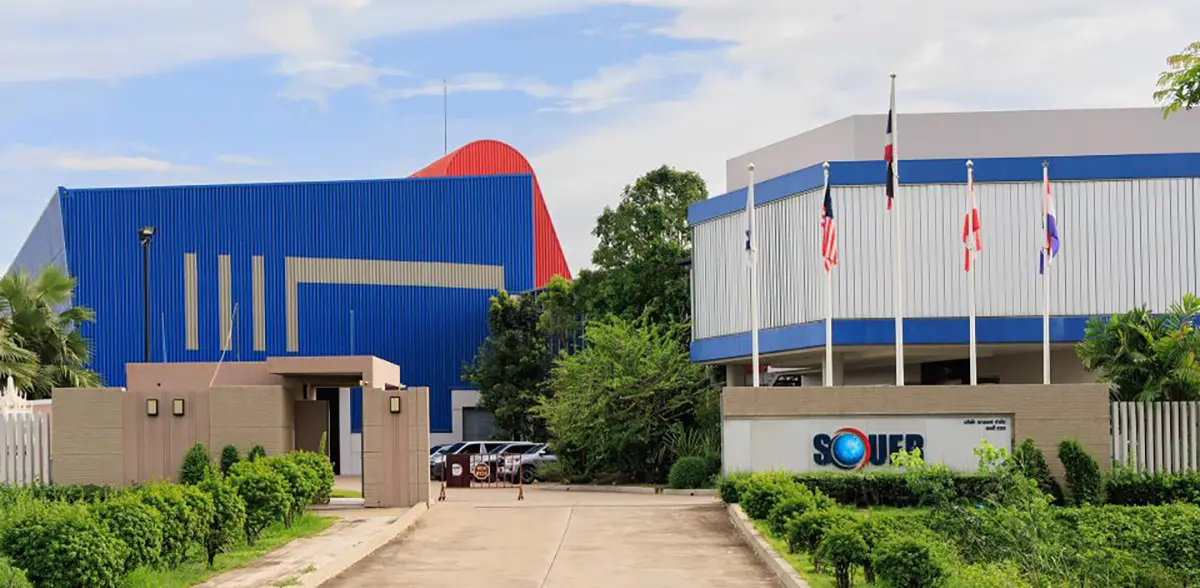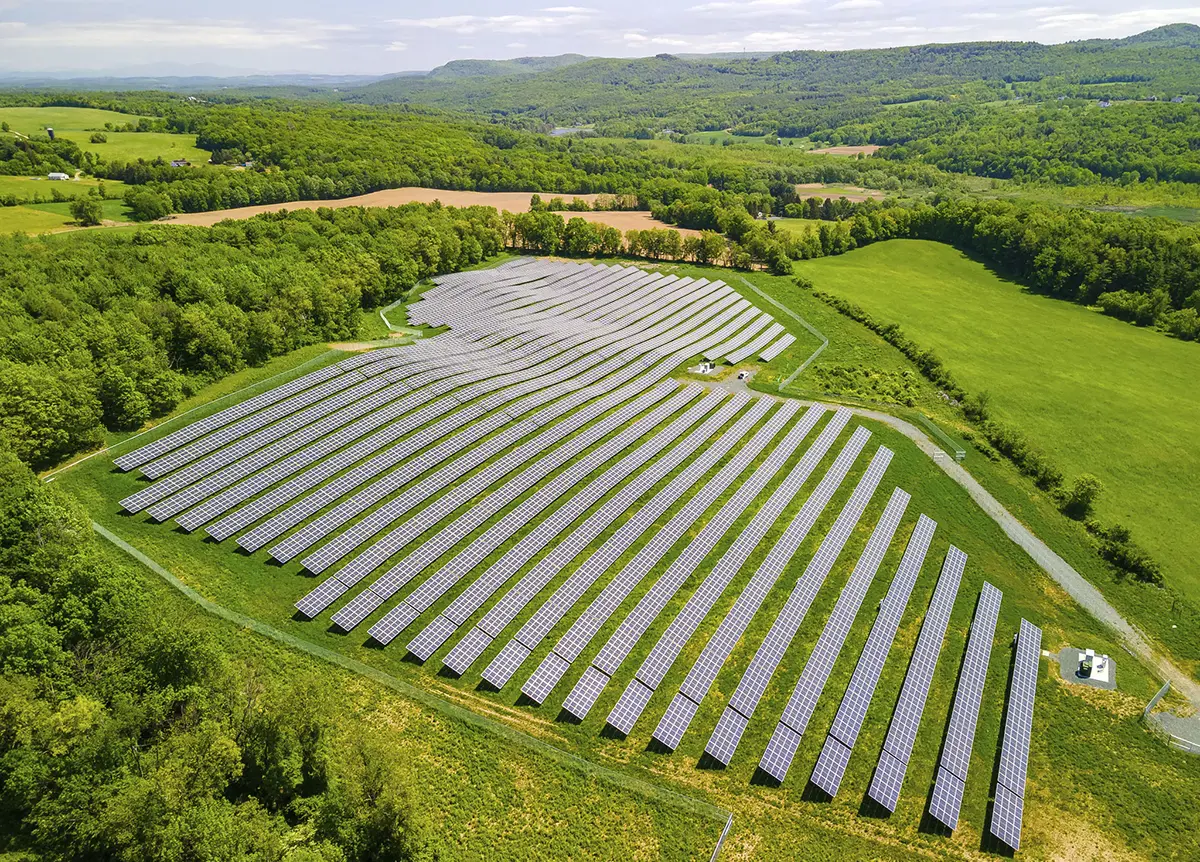
A New US$10 Trillion Industry
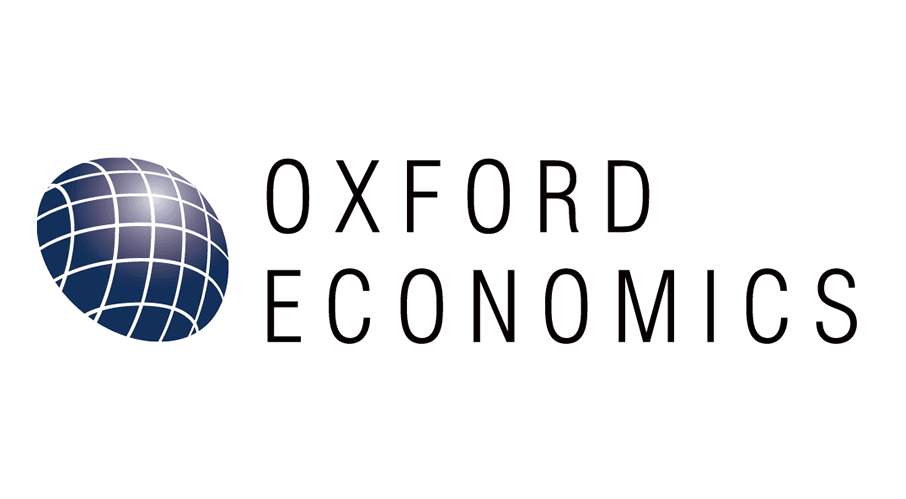
A new report by Oxford Economics and Arup takes a deep dive into the future of the green economy, what it looks like, how large it will be, the feasibility of net-zero emissions, and the technologies that will define a sustainable future. “We propose a new green taxonomy that encompasses a broader and deeper categorization of economic activities that create a virtuous relationship between economic growth and environmental and social wellbeing,” said the report.
A core objective of the report was to assume that net-zero by 2050 does happen, and then work backwards from that assumption to see if and how it could happen.
“As each year passes, the climate emergency facing the planet becomes ever more alarming. But this trajectory is increasingly being met by the rapid emergence of new technologies and expertise focused on tackling it,” said the report. “As a result, we can now discern the emergence of a future green economy; one that harnesses human ingenuity to protect the planet’s future. But what is the green economy? How large is it? How will it grow? And how can it be developed in a way that drives prosperity and inclusiveness, as well as environmental sustainability? These are the questions that a team of climate specialists, industry experts and economists from Arup and Oxford Economics spent the last 12 months addressing. The product of that work is summarized in this report. Our goal is to help governments, investors, and communities better understand the opportunities a green economy represents. In this study, we provide a new resource to support the strategic economic decision making required to seize those opportunities, and to place the global economy on an environmentally sustainable track.”
The report made a bold prediction: that the transition to a net-zero green economy by 2050 would unlock a staggering US$10.3 trillion in new industry value. For context, the entire value of the S&P 500 is roughly US$32.1 trillion.
“The broader vision of a thriving global green economy that our taxonomy enables, implies decoupling economic activity from negative environmental impacts,” said the report. “Achieving this vision will place the global economy on a more sustainable pathway. That means averting the highly damaging impacts of global warming — not just on the environment — but on economic prosperity too. Mitigating climate change is expensive. It implies, amongst other wrenching changes, a fundamental transition away from fossil fuel-based energy usage. Because of this challenge, policymakers and investors too often conceive of the green transition from a cost perspective. However, the transition to a sustainable environment by 2050 also creates vast opportunities in the global economy. To quantify the scale of these opportunities, we focused on the goal of a net-zero emissions environment by 2050, as articulated by the International Energy Agency. We have identified three pillars of opportunity that will emerge from the transition to a zero-carbon economy. Firstly, the disruption caused by a switch to clean energy will create competitive opportunities across all industries. Those businesses that can steal market share by adapting quickly to changing demands, reducing business risk, and hiring the most capable talent will benefit. Secondly, we identify five major new green markets for carbon-neutral goods and services that will emerge. We estimate that the transition to a net-zero emissions environment by 2050 will create new industries worth US$10.3 trillion to the global economy by that same year. This includes the direct contribution to GDP of electric vehicles manufacturing, renewable power generation, clean energy equipment manufacturing, renewable fuels and green finance; plus, the activity supported across global supply chains. Thirdly, placing the planet on this sustainable pathway leads to substantial productivity benefits relative to a world in which climate change has been left unchecked, or poorly tackled. Oxford Economics’ climate scenario analysis suggests that by combining carbon pricing with more productivity-oriented policies, including high levels of private and public investment, with an emphasis on research and development in technology and working practices, can place the global economy on a more prosperous, as well as environmentally sustainable footing.”
The full 65-page report can be downloaded for free on Arup’s website.


